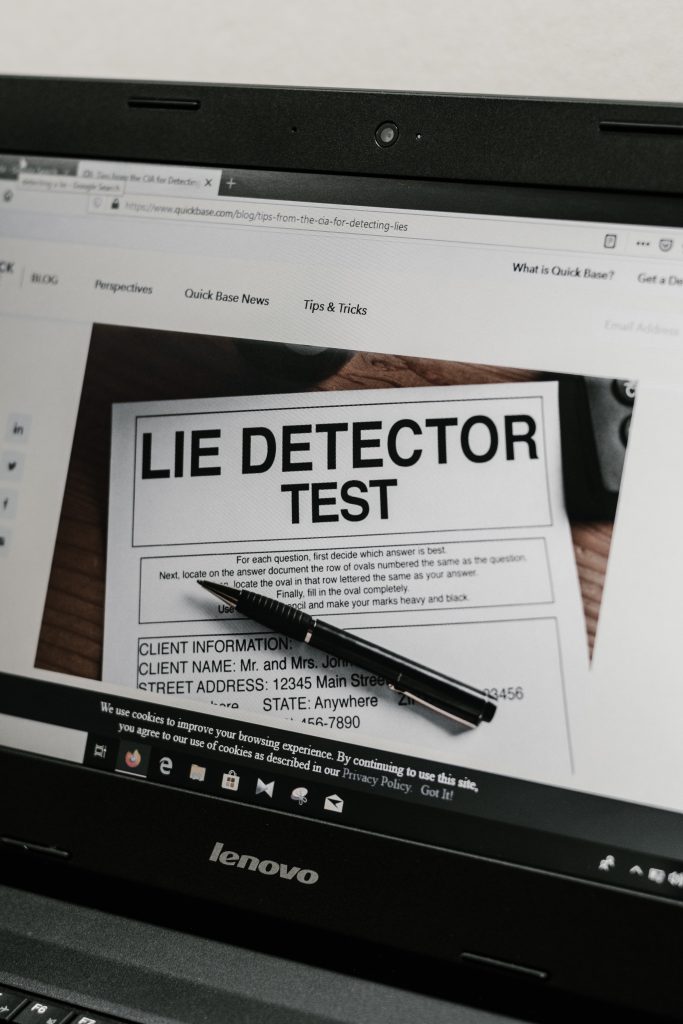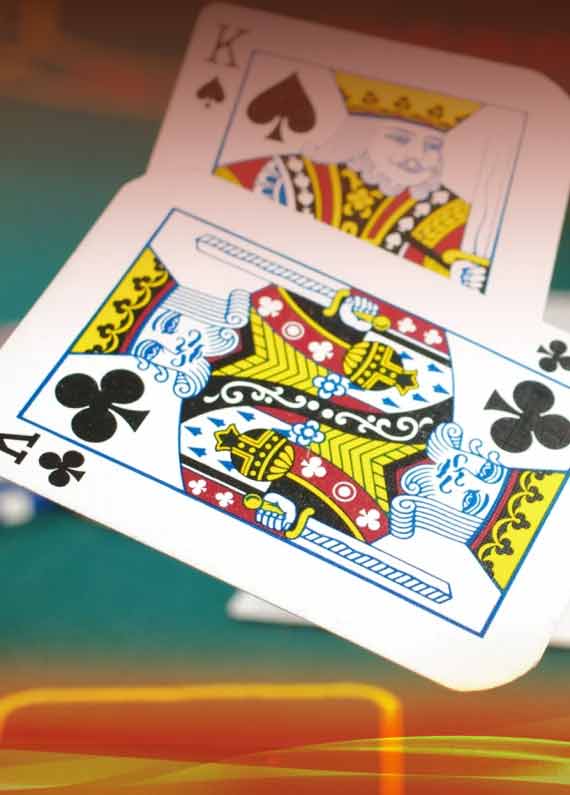Top Tips for Online Texas Hold’em
A long-time favourite. The ultimate classic. The greatest poker game of all time. These are just a few ways poker players refer to the game Texas Hold’em. Whether you’re a newbie or a pro, there’s some serious money for the taking in Texas Hold’em. Plus, it’s a great way to gain some practice.
Sure, there are other games to play like Omaha and Omaha Hi-Lo. But, Texas Hold’em is the ultimate way to kick-start your poker career.
Want to know how to get a leg up on your competitors? Of course you do – who wouldn’t? Let’s dive into our top tips for playing online Texas Hold’em.
Understanding How Texas Hold’em Online Poker Works
When playing Texas Hold’em online poker, here’s your first step: secure your seat at the table. At Ignition Casino, there are heaps of ways to do that. From big tournaments to Jackpot Sit-and-Go’s, you’ve also got many games to choose from.
But before you throw your hat in the ring, you’ve got to answer one key question: how do you play online Texas Hold’em? Remember that you can play for free or for real cash. So, don’t hesitate to practise before tossing in your hard-earned money. You can also do some research to know your odds going into the game.
Once you’re in, where do you start? The short answer: directly to the left of the dealer. This player puts down the small blind bet (which is set before the game even starts). The next player to the left puts down the big blind, which is double the small blind. These positions rotate every round, so don’t stress about having to shell out the blinds every time.
Each player gets two cards face-down. There you have your starting hand.
Next comes the first move, also known as the action. The player sitting next to the big blind kicks things off. That person can either call, raise, or fold. If this player decides to raise, they may need to put in at least double the money in the pot. This will vary depending on whether you’re playing limit or no-limit Texas Hold’em.
Online betting continues to each player until we land back at the dealer. The dealer then places three cards on the table face up. This is known as the flop. You and the other players will use these cards to create your hand. At this stage, use your keen eye to see how people are betting.
Another betting round begins, starting with the player sitting left of the dealer. After you’ve done a full round of betting, the dealer puts a fourth card face up on the table. This creates the river. You do another betting round and the final round takes place after the river.
Calling Tips: Knowing When to Call in Texas Hold’em
Can’t tell whether you should call, raise, or fold? Well, where are you positioned? If you’re sitting in a later position, you’ll want to call more often. If you’re in an early position, you’ll want to fold more often. If you can, avoid calling every single round. Not only is it boring (harsh but true), but it also makes you more predictable to your competitors. Plus, your bankroll won’t see much benefit.
It’s a fine line to walk. You don’t want to go from 0 to 100 and raise every time, but you also don’t want to fold every time. In both scenarios, you’re basically handing your money right over to the other players.
You’ll also need to think about stack size, especially in online poker tournaments. If you’re early on in a competition, you can call more often as long as you’ve got a solid stack. In later stages, every single chip matters, so you need to be a bit more cautious.
Bluffing Tips: Knowing When to Bluff in Texas Hold’em
Some call it lying, but in poker, we call it bluffing. Got questions about the fine art of bluffing? Lucky for you, we’ve got the answers.
First, when’s the right time to bluff? If you’re a beginner, you only want to bluff once in a while, especially in real money games.
If you’re wondering why that is, we’ll be brutally honest with you: as a beginner, you’re not going to be a great bluffer. Don’t take it personally. Becoming a smart bluffer is simply a matter of practice.
When deciding whether to bluff or not, the first thing you’ll need to consider is the number of players. If you’re playing heads-up poker, you only need to convince one player to fold. The more players you’re facing, the riskier bluffing gets. In games with more players, someone is more likely to call or re-raise you, which can get very costly very quickly.
Position is also important to think about when bluffing. If you’re in a later position, bluffing is less risky. You’ve had the chance to see how other players have bet, so you’ve got a competitive edge.Finally, don’t underestimate history when it comes to bluffing. No, not history from textbooks – we’re talking recent player history. For example, if one of your competitors has lost several rounds in a row, they’ll probably be quicker to fold in future rounds. Use that knowledge to your advantage.


Raising Tips: When to be Aggressive in Texas Hold’em
Aggression could be your ticket to winning some real money in online Texas Hold’em. That said, it’s important to think about position when deciding how aggressive you’ll be. If you’re in an earlier position, aggression may not work for you. If you’re in a later position, aggression could lead to a big payoff.
Another great tip for being aggressive is consistently raising in the pre-flop pot. If you raise the same amount each time, you’ll mask your hand strength and make it harder for other players to read you.
If you’re playing heads-up online poker, tailor your aggression in each round. You’ll need to figure out when to be aggressive and when to back off in order to win some big cash. It’s a balancing act, but with practice, you’ll get there.
Folding Tips: When to Play Passive in Texas Hold’em
Folding gets a bad rap. Poker players come to the table to experience the thrill and excitement of the game. When you fold, you sometimes miss out on that. We get it. But honestly, there’s no shame in folding. It’s actually kind of inevitable that you’ll have to do it at some point. So, let’s take a look at when you should play passive in online poker.
Our main tip is to think about your starting hand. We know what you’re thinking: duh. But stay with us.
Picture this: you’re riding down the highway on your motorcycle. The wind is blowing through your hair and you’re soaking up this incredible adventure. Suddenly, your gas light comes on. Sure, you can keep riding for a while, but you’re going to run out of gas eventually. Soon, you’ll be stranded on the side of the highway. Cold, alone, and helpless. Okay, we’ll stop.
That’s more or less what happens when you get a bad starting hand in online poker. If your starting hand is a single 2 through 9 and you’ve got no suited ace riding shotgun, your odds are rough. In this case, it’s best to fold. Sure, you can try bluffing here and there, but passive playing is the way to go most of the time. This is especially true when you’re playing for real cash in long competitions.
Finally, we know we’ve said it a million times already, but it bears repeating: position is everything. Just as it is with bluffing and raising, position is super important in passive playing. If you’re in an early position or paying the small or big blind, passive play will keep your hat in the ring longer.
Now that you’ve got these handy tips in your arsenal, it’s time to hit the online poker tables and dominate the game. Before you know it, you’ll be a Texas Hold’em master raking in the chips.



